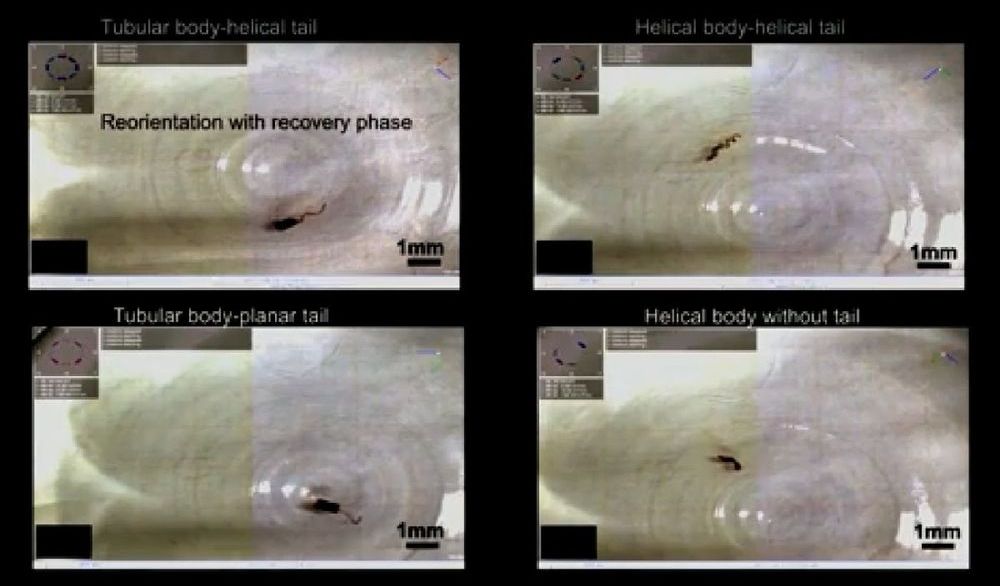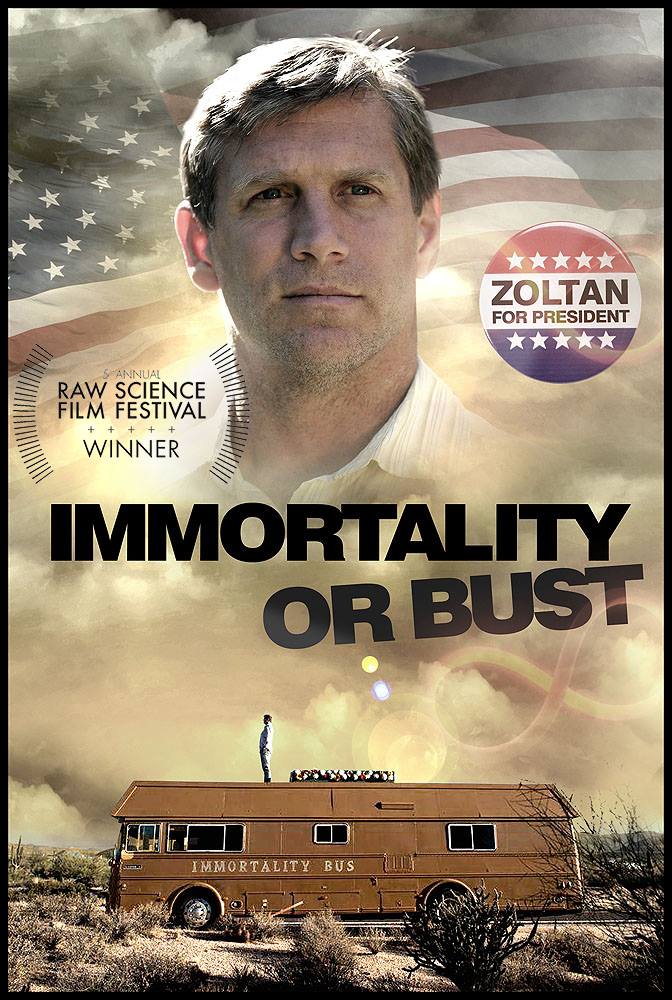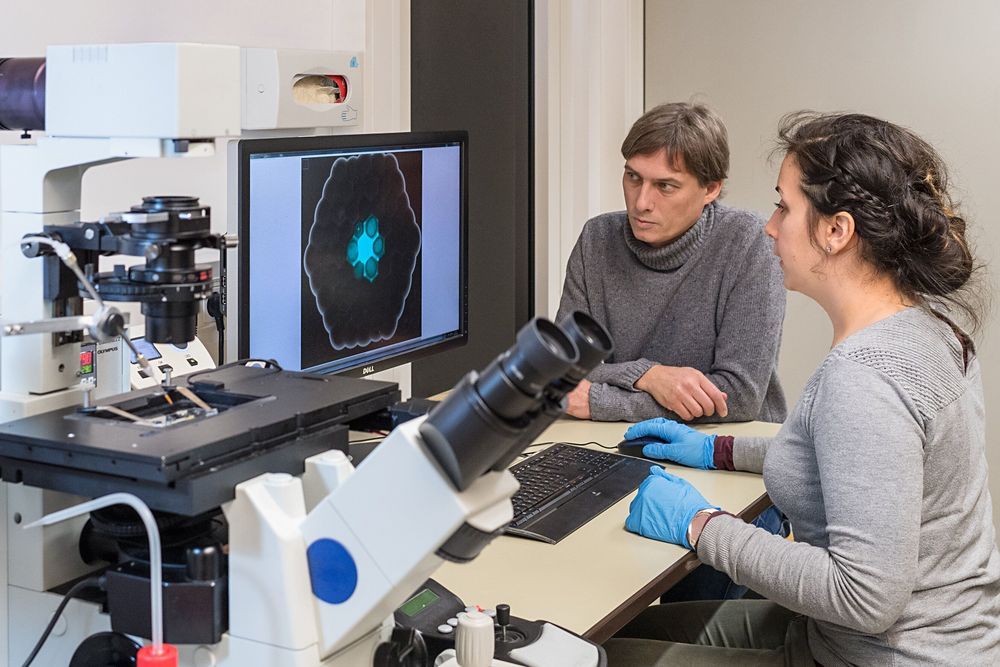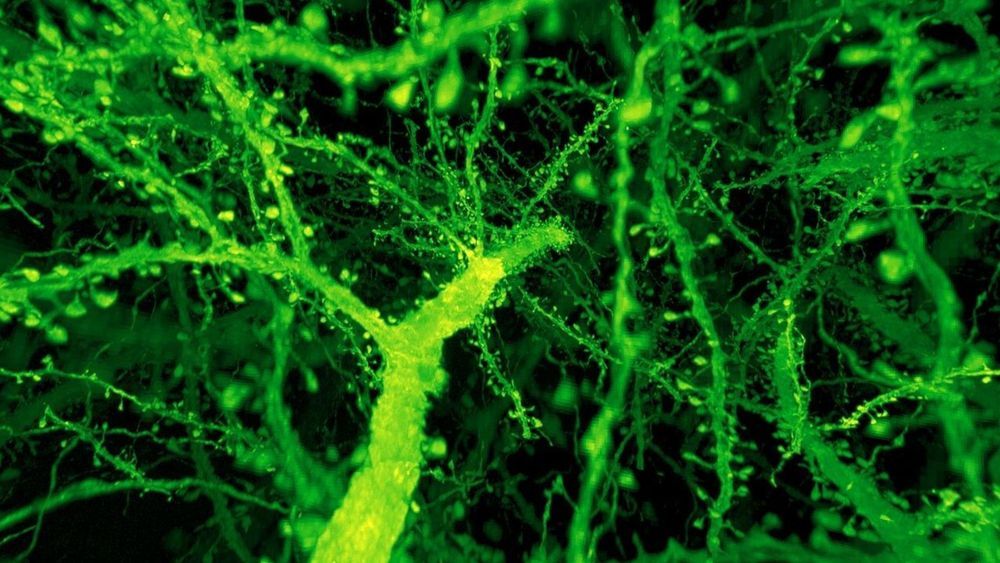Page 8891
Jan 19, 2019
Blockchain Featured in Big Four Firm Deloitte’s Annual Tech Trends Report
Posted by Amnon H. Eden in categories: bitcoin, internet
Blockchain ‘as disruptive as the Web’?
Blockchain is featured as a disrupting technology in the Tech Trends 2019 report published by Big Four audit and consulting firm Deloitte on Jan. 16.
According to one article in the report, “[a]dvanced networking is the unsung hero of our digital future,” and blockchain is cited as a part of it. The report — which mentions blockchain 25 times — notes that blockchain is among the technologies the importance of which is growing rapidly and still on its path towards mass adoption.
Continue reading “Blockchain Featured in Big Four Firm Deloitte’s Annual Tech Trends Report” »
Jan 19, 2019
Artificially produced cells communicate with each other
Posted by Peter Morgan in categories: bioengineering, biological, robotics/AI
Using a modular construction kit of tailor-made cell systems, the researchers hope to simulate various properties of biological systems in the future. The idea is that cells react to their environment and learn to act independently.
The first applications are already on the horizon: In the long term, artificial cell assemblies can be deployed as mini-factories to produce specific biomolecules, or as tiny micro-robot sensors that process information and adapt to their environments.
Jan 19, 2019
Real-Life Expanding Brain Technique Is Blowing Some Minds
Posted by Genevieve Klien in category: neuroscience
It’s now possible to image an entire fly brain in just a few days, according to a new study—this might sound like a long time, but is in fact an incredible accomplishment, when you consider that the process would otherwise take weeks.
Brains aren’t easy to study—the human brain, for example, contains over 80 billion cells linked via 7,000 connections each, according to the new study published in Science. Even the far smaller fly brains are an incredible challenge to study comprehensively. The new research combines two microscopy methods to image and examine brains like never before.
Jan 19, 2019
Why it is dangerous to build ever larger big bang machines
Posted by LHC Kritik in categories: alien life, astronomy, cosmology, energy, engineering, ethics, existential risks, general relativity, governance, gravity, innovation, law, nuclear energy, nuclear weapons, particle physics, philosophy, physics, policy, quantum physics, science, scientific freedom, security, singularity, space travel, supercomputing, theory, time travel
CERN has revealed plans for a gigantic successor of the giant atom smasher LHC, the biggest machine ever built. Particle physicists will never stop to ask for ever larger big bang machines. But where are the limits for the ordinary society concerning costs and existential risks?

CERN boffins are already conducting a mega experiment at the LHC, a 27km circular particle collider, at the cost of several billion Euros to study conditions of matter as it existed fractions of a second after the big bang and to find the smallest particle possible – but the question is how could they ever know? Now, they pretend to be a little bit upset because they could not find any particles beyond the standard model, which means something they would not expect. To achieve that, particle physicists would like to build an even larger “Future Circular Collider” (FCC) near Geneva, where CERN enjoys extraterritorial status, with a ring of 100km – for about 24 billion Euros.
Experts point out that this research could be as limitless as the universe itself. The UK’s former Chief Scientific Advisor, Prof Sir David King told BBC: “We have to draw a line somewhere otherwise we end up with a collider that is so large that it goes around the equator. And if it doesn’t end there perhaps there will be a request for one that goes to the Moon and back.”
“There is always going to be more deep physics to be conducted with larger and larger colliders. My question is to what extent will the knowledge that we already have be extended to benefit humanity?”
Continue reading “Why it is dangerous to build ever larger big bang machines” »
Jan 19, 2019
The Force is not strong with you, Sasuke!
Posted by Michael Lance in category: futurism
Jan 19, 2019
Association of Pharmaceutical Industry Marketing of Opioid Products With Mortality From Opioid-Related Overdoses
Posted by Xavier Rosseel in category: biotech/medical
The study, published Friday in JAMA Network Open, looked county by county across the United States between 2013 and 2015. It found that where pharmaceutical companies spent more on meals, travel and speaking fees for doctors, there were more opioid prescriptions — and more fatal overdoses.
Question To what extent is pharmaceutical industry marketing of opioids to physicians associated with subsequent mortality from prescription opioid overdoses?
Findings In this population-based, cross-sectional study, $39.7 million in opioid marketing was targeted to 67 507 physicians across 2208 US counties between August 1, 2013, and December 31, 2015. Increased county-level opioid marketing was associated with elevated overdose mortality 1 year later, an association mediated by opioid prescribing rates; per capita, the number of marketing interactions with physicians demonstrated a stronger association with mortality than the dollar value of marketing.

















